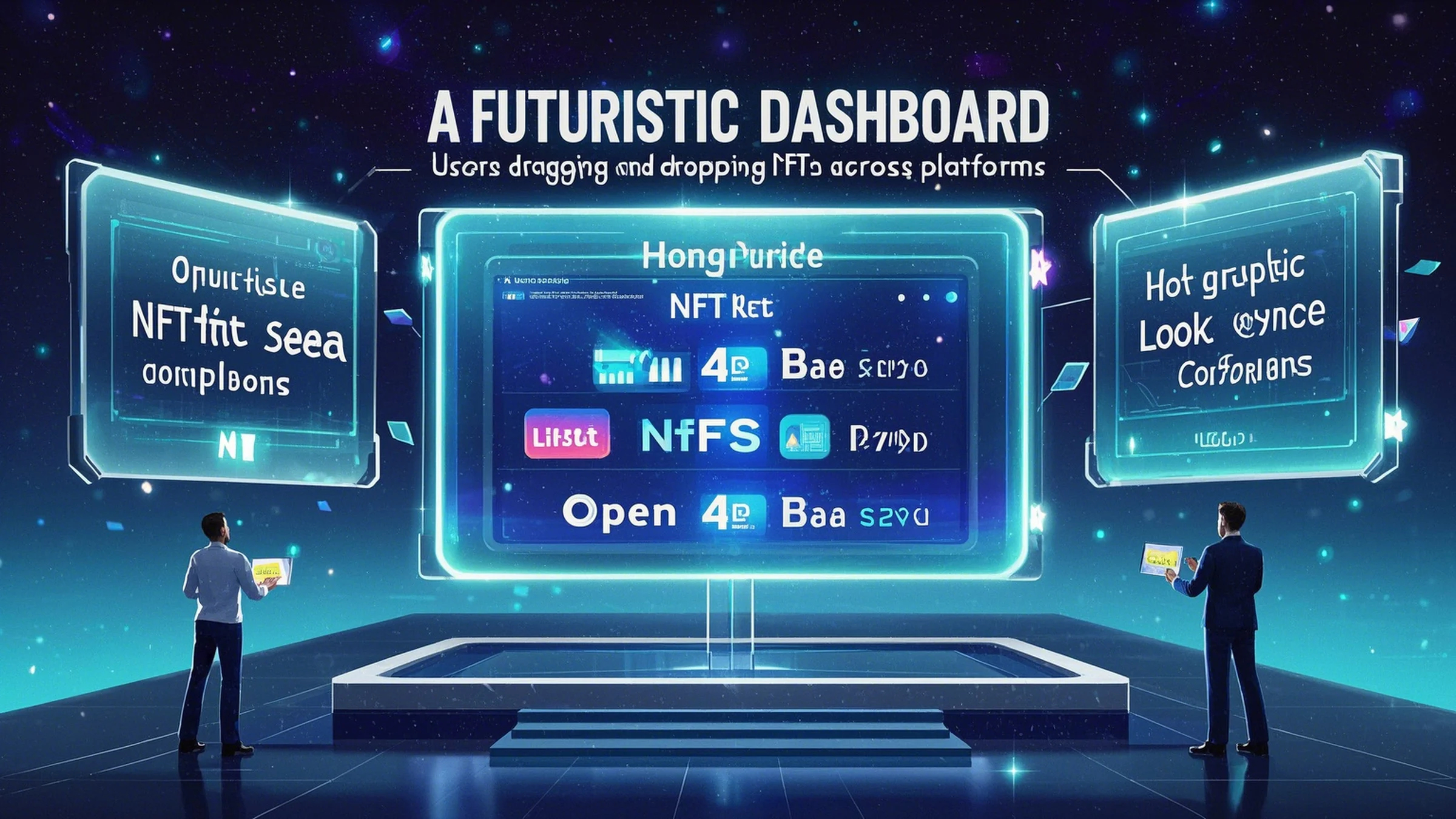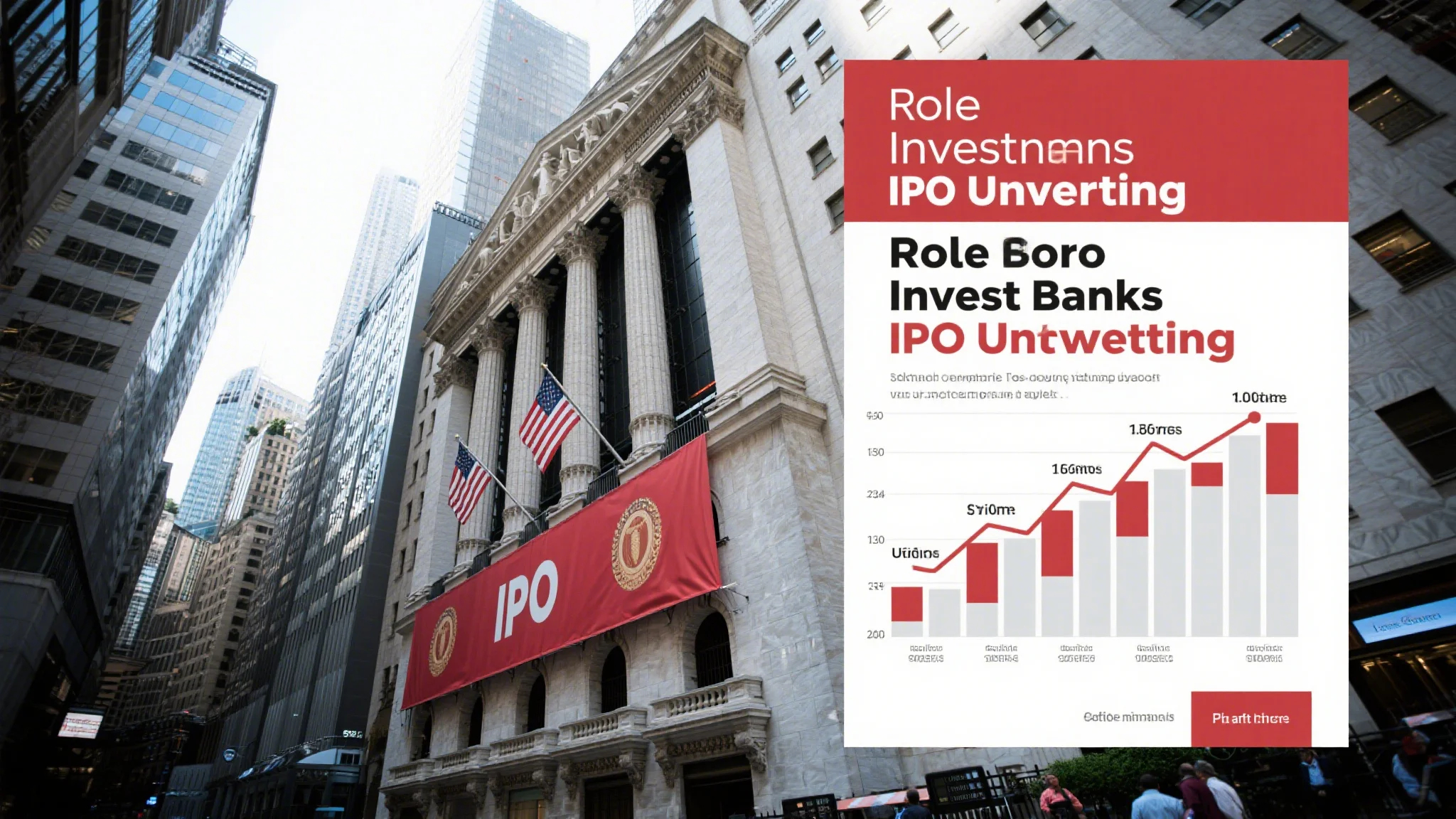The world of NFTs (Non-Fungible Tokens) has exploded in recent years, bringing a new wave of creativity and digital ownership to the masses. NFTs have revolutionized how artists, creators, and content producers monetize their work, offering a unique way to prove ownership and authenticity in the digital realm. At the heart of this revolution is the concept of royalties—a mechanism that allows creators to earn a percentage of revenue every time their NFT is resold.

However, the NFT ecosystem is not without its challenges. One of the most significant issues currently facing the industry is the “royalty war” between two major NFT marketplaces: OpenSea and Blur. These platforms are locked in a heated battle over how creator royalties are handled, with each side advocating for a different approach. This conflict has far-reaching implications for creators, collectors, and the future of digital art.
OpenSea’s Approach to Royalties
OpenSea, the largest NFT marketplace by volume, has long been a pioneer in the space. The platform introduced the concept of creator royalties, allowing artists to earn a percentage of secondary sales. This feature has been a cornerstone of OpenSea’s success, attracting a vast community of creators and collectors.
Under OpenSea’s model, when an NFT is created, the artist sets a royalty percentage, typically ranging from 5% to 10%, which is automatically applied to all future sales of that NFT. This means that every time the NFT changes hands, the original creator receives a portion of the sale price. This model has been praised for its simplicity and fairness, ensuring that creators continue to benefit from their work long after the initial sale.
However, OpenSea’s approach has come under scrutiny in recent months. Critics argue that the platform’s fee structure, which includes a 2.5% transaction fee on secondary sales, combined with the creator’s royalty, can make the overall cost for buyers prohibitive. This has led some creators to question whether the platform’s royalty model is as creator-friendly as it appears.
Blur’s Challenge to OpenSea’s Dominance
Enter Blur, a newer NFT marketplace that has quickly gained traction by challenging OpenSea’s dominance. Blur’s approach to royalties is fundamentally different from OpenSea’s. Instead of allowing creators to set their own royalty percentages, Blur employs a fixed 5% royalty fee for all NFTs. This fee is split between the creator and the original seller, ensuring that both parties benefit from future sales.
Blur’s model has been met with mixed reactions. Proponents argue that the fixed 5% royalty ensures transparency and fairness, as both creators and sellers know exactly what to expect. Additionally, Blur’s platform fees are lower than OpenSea’s, making it more attractive to some creators and collectors. However, critics argue that the fixed 5% fee limits creators’ ability to set their own terms, potentially stifling creativity and innovation.
The Battle for Creator Rights
At the core of the OpenSea vs. Blur conflict is the question of creator rights. Both platforms claim to prioritize creators, but their approaches reflect different philosophies about how creators should be compensated. OpenSea’s model empowers creators to set their own royalties, offering them greater control over their work. On the other hand, Blur’s fixed fee model provides a more predictable revenue stream for both creators and sellers.
This battle is not just about percentages and fees; it’s about the future of digital ownership and the role of NFT marketplaces in the creator economy. As the NFT ecosystem continues to evolve, the way creators are compensated for their work will play a crucial role in shaping its trajectory. Both OpenSea and Blur recognize the importance of this issue, and their approaches reflect their respective visions for the future of creator rights.
The Implications of the Royalty War
The OpenSea vs. Blur royalty war has sparked a broader conversation about the role of NFT marketplaces in the creator economy. As the two platforms compete, the implications for creators, collectors, and the NFT ecosystem as a whole are significant.
Transparency and Fairness in Royalty Distribution
One of the key issues in the royalty war is the need for transparency and fairness in how royalties are distributed. OpenSea’s model allows creators to set their own royalties, but the lack of standardization can lead to confusion and inconsistency. On the other hand, Blur’s fixed 5% royalty model provides clarity and predictability, but at the cost of creator autonomy.
As the NFT ecosystem continues to grow, the need for a standardized royalty system that balances creator control with fairness and transparency will become increasingly important. Both OpenSea and Blur have made strides in this area, but there is still room for improvement. A more standardized approach to royalties could help reduce friction for both creators and collectors, fostering a more vibrant and inclusive ecosystem.
The Role of Competition in Driving Innovation
The competition between OpenSea and Blur has already begun to drive innovation in the NFT space. OpenSea’s introduction of new features, such as zero royalty fees for certain collections, and Blur’s focus on simplicity and predictability, are examples of how competition can lead to positive change. As both platforms continue to evolve, we can expect to see further innovations in how creator rights are protected and compensated.
This competitive landscape is also forcing other NFT marketplaces to rethink their approaches to royalties and creator rights. The result is a more dynamic and responsive ecosystem that better serves the needs of creators and collectors alike.
The Future of Creator Rights in the NFT Ecosystem
Looking ahead, the battle between OpenSea and Blur over creator rights highlights the importance of ensuring that creators are fairly compensated for their work. As NFTs continue to gain mainstream adoption, the issue of royalties will only become more significant. Creators are increasingly recognizing the value of their work in the digital age, and they are demanding more equitable and transparent compensation models.
Ultimately, the resolution of the OpenSea vs. Blur royalty war will have far-reaching implications for the future of creator rights in the NFT ecosystem. Both platforms have demonstrated a commitment to innovation and fairness, but the challenge lies in finding a balance that empowers creators while maintaining a healthy and competitive marketplace.
The royalty war between OpenSea and Blur is a microcosm of the broader challenges and opportunities facing the NFT ecosystem. As these platforms compete, they are not only shaping the future of creator rights but also setting the stage for a more inclusive and innovative digital economy. Whether through OpenSea’s creator-focused approach or Blur’s emphasis on simplicity and fairness, the outcome of this battle will have lasting




